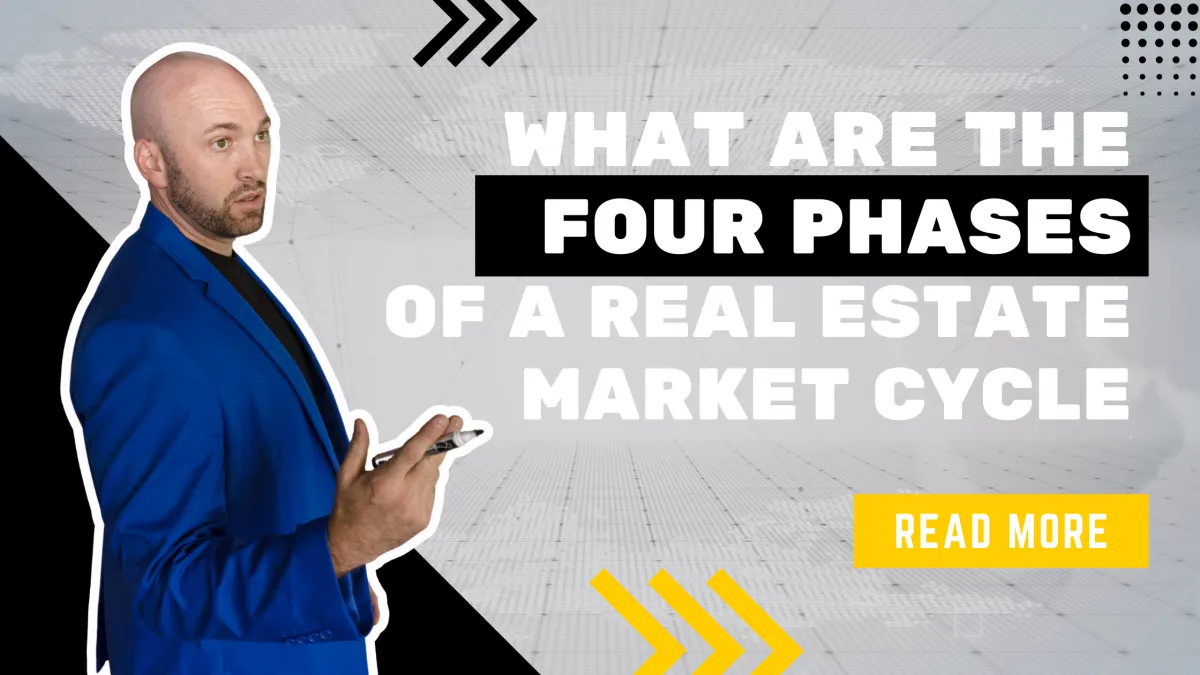Ben Lovro Blogs
AI' Client Conversion Framework

What Are The Four Phases Of A Real Estate Market Cycle
Introduction
The real estate market operates in a cyclical pattern, with distinct phases that influence property values, demand, and investment opportunities. Understanding these phases can help investors make informed decisions and navigate the market effectively. Here are the four key phases of a real estate market cycle:
1. Recovery Phase
The recovery phase marks the beginning of a new market cycle after a period of decline. During this phase, economic indicators such as job growth, consumer confidence, and lending rates start improving. Demand for real estate gradually increases as buyers perceive value in the market. Property prices begin to stabilize and even show slight appreciation. Investors who enter the market during the recovery phase can benefit from acquiring properties at relatively lower prices before values start to rise.
2. Expansion Phase
In the expansion phase, economic conditions continue to improve, leading to increased demand for real estate. Job growth, rising incomes, and low interest rates contribute to higher consumer confidence and spending. Property prices experience consistent appreciation as demand outpaces supply. Real estate investors can enjoy healthy returns during this phase, especially if they have acquired properties earlier in the recovery phase. However, competition among buyers can become more intense, potentially leading to higher purchase prices.
3. Hyper Supply Phase
The hyper supply phase, also known as the peak phase, represents the peak of the real estate market cycle. During this phase, property prices have reached their highest point, and supply begins to exceed demand. Speculative buying and excessive construction can contribute to an oversupply of properties, causing vacancy rates to rise. As a result, property values start to decline, leading to a correction in the market. Investors need to exercise caution during this phase and avoid purchasing properties at inflated prices.
4. Recession Phase
The recession phase is characterized by a slowdown in economic activity and a decline in property values. Demand for real estate decreases due to factors such as job losses, tightening credit markets, and reduced consumer spending. Property prices continue to decline as inventory levels remain high. Investors who were caught in the hyper supply phase may face challenges selling properties or may experience negative cash flow from rental properties. However, the recession phase also presents opportunities for value investors to acquire properties at deeply discounted prices.
Conclusion
Understanding the four phases of a real estate market cycle—recovery, expansion, hyper supply, and recession—can provide valuable insights for investors. By recognizing the signs of each phase, investors can adjust their strategies accordingly. Whether it's capitalizing on opportunities during the recovery and expansion phases or adopting a cautious approach during the hyper supply and recession phases, a well-informed approach to the market cycle can lead to successful real estate investment outcomes.
Contact Us

Bet On Yourself
Empowering entrepreneurs and real estate investors with the tools they need to scale.
ben@clientpro.ai
(803) 921-9915
100 Old Cherokee Road ste f 342





